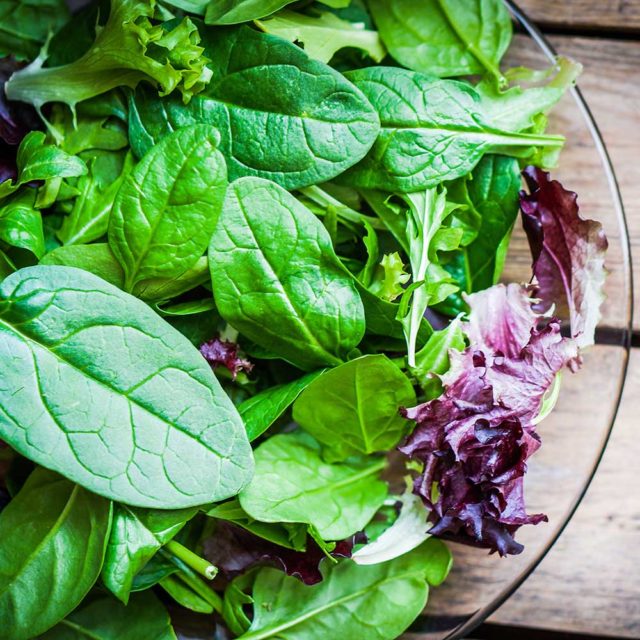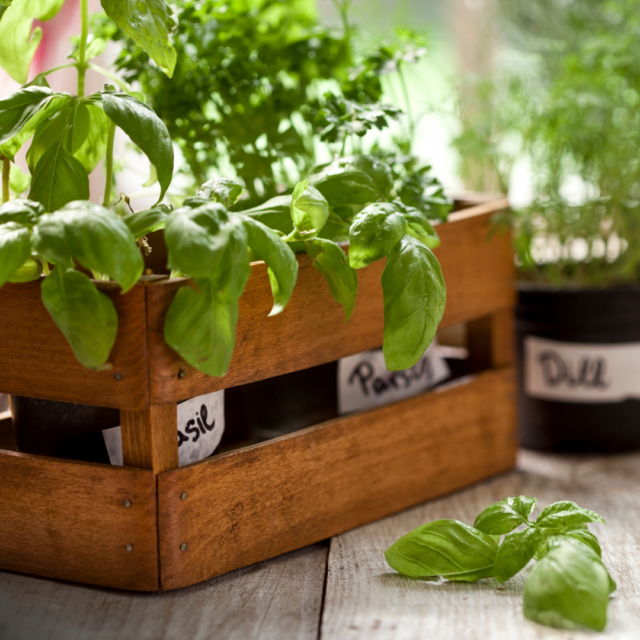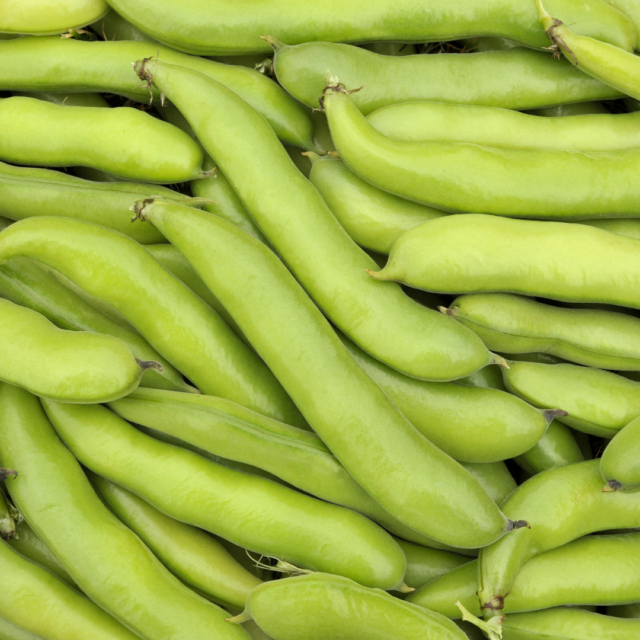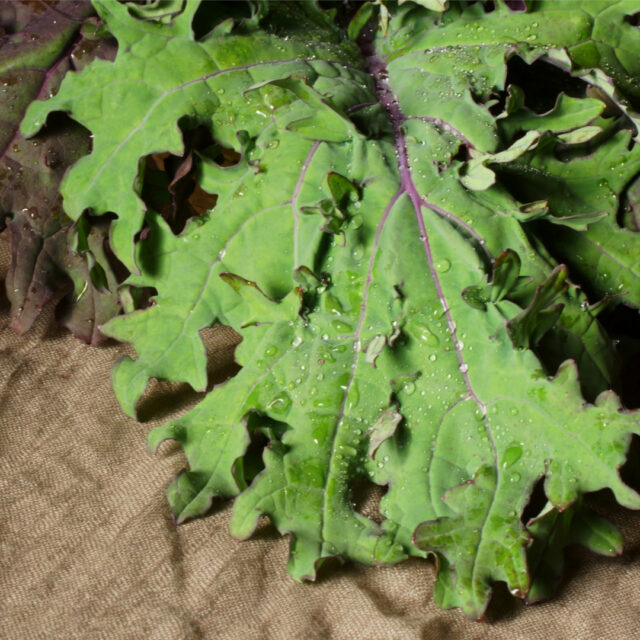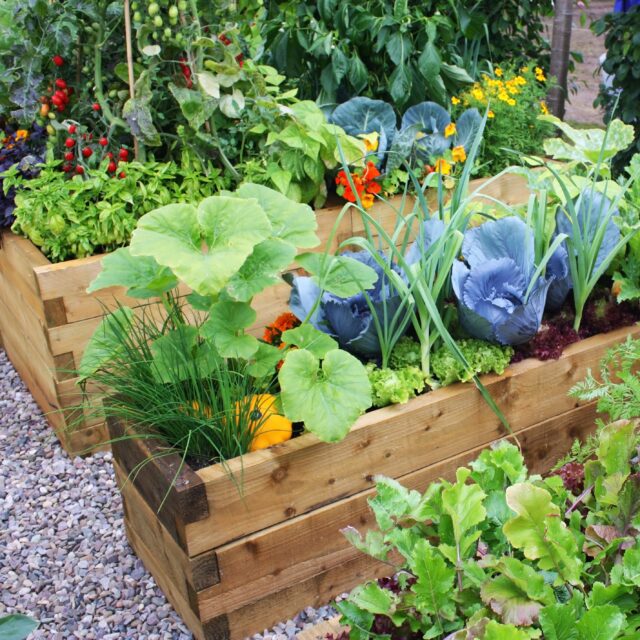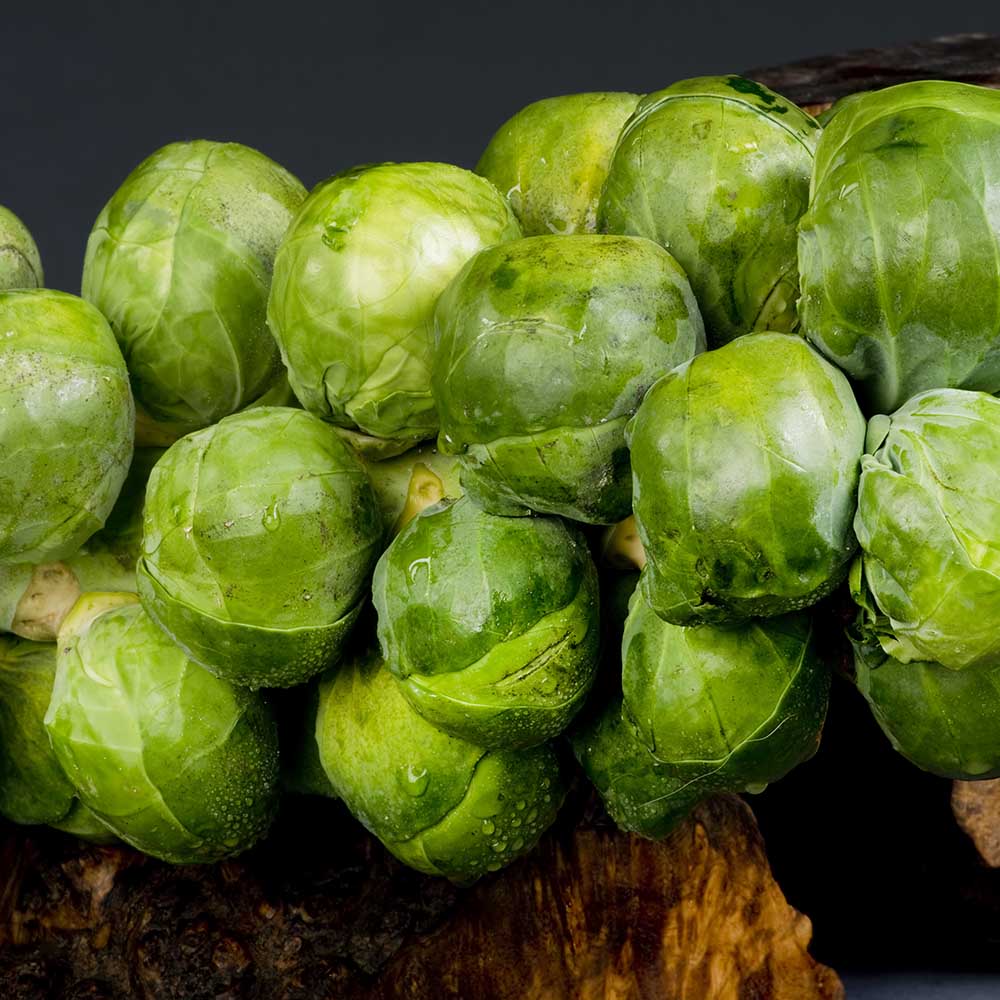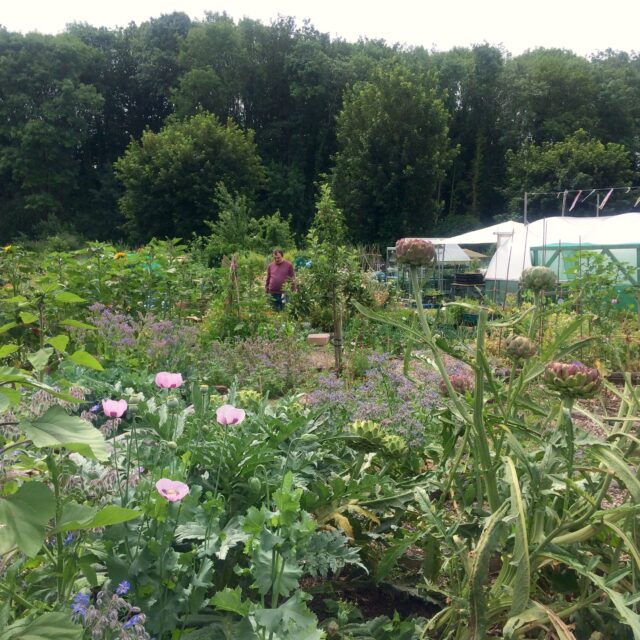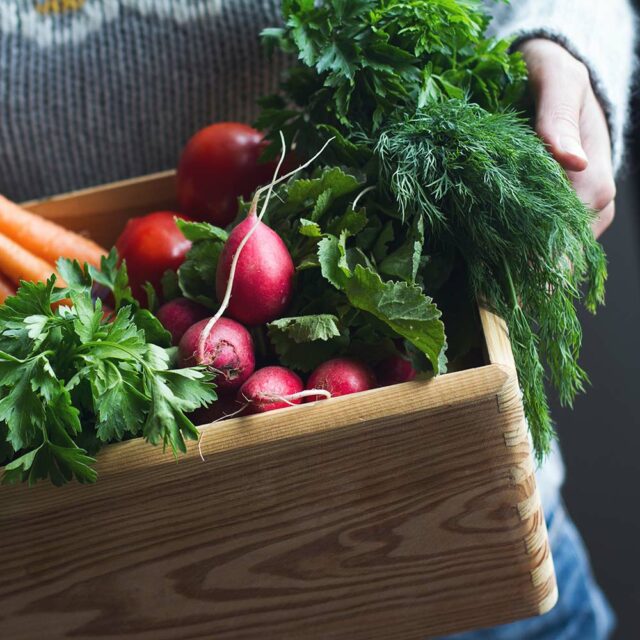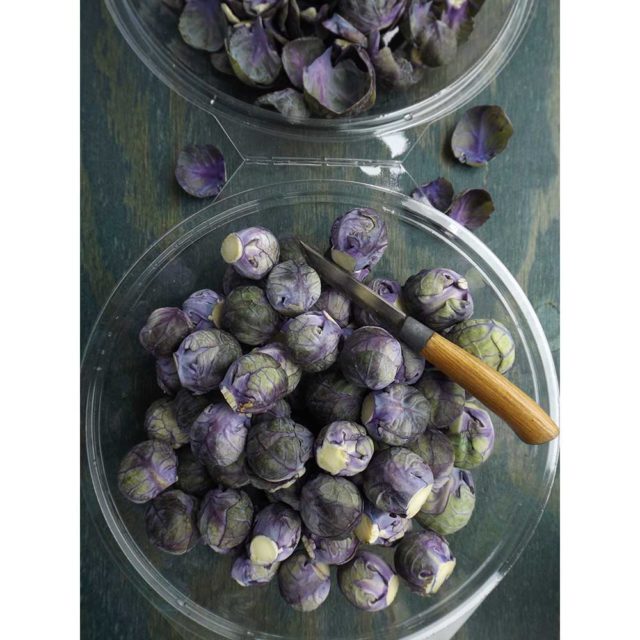
Love them or loathe them, Brussels sprouts can divide a family! Here at Propagation Place, we’re big fans of the humble sprout. A particular favourite way of cooking them is roasted so that they become slightly browned; shiny with oil on the outside, and still nutty and crisp in the heart. We’re hungry just thinking about them! If you want to grace your Christmas plate next year with these divisive beauties, read on to find out how to grow Brussels sprouts at home.
A Family Business
Whether you are new to veg gardening or not, at this point it seems a good idea to mention a little about plant families.
Brussels sprouts are a member of the Brassica family. Other members include kale, cauliflower, cabbage, kohlrabi, broccoli and a few others. Apart from opening up a whole new world of understanding, knowing about brassicas will also help you to plan your vegetable garden.
Brassicas are prone to a disease called club root which can be easily avoided by grouping the plants together and rotating them around your garden each year.
You Get What You Give
Sprouts are a good intermediate vegetable. If you’re a beginner veg gardener, and feel like you’ve mastered the more easy to care for veg (for example, beetroot) then why not give sprouts a go!
Some things to bare in mind:
- They will be in your garden for a long time – probably around 6 months.
- Keep the plants covered with netting to deter butterflies from laying eggs on them and birds from eating them.
- They get thirsty in dry weather and hungry for soil nutrients.
- You may need to provide support, for example canes, as they get bigger.
All in all, be prepared for sprouts to take up a bit of space for a while. They will do better the more attention you pay them. Smaller varieties do well in pots so don’t be put off if you have a small garden or usually grow things in containers.
How To Grow Brussels Sprouts
Sow:
March-April
Directly into a sheltered garden site or in small, deep modules, or small pots.
Grow:
Plant about 60-75cm apart whether in rows or small groups.
Grow in nutrient rich soil or compost where other brassicas haven’t been grown for at least a year.
Growing in Containers and Pots:
Despite being on the large and unwieldy side, sprouts do grow in pots. Arguably, this is not the best use of space due to their size requirements, but nonetheless we would love to see your successful crops:
- Each plant will require a minimum 30cm (12 Inch) deep and 30cm diameter pot of its own.
- Sprouts like firm soil and a very sheltered position. Being rocked by the wind is probably the biggest elemental threat, equalled only by the possibility of drying out.
- Keep your sproutlings well watered, especially in dry weather.
Needs
- Compost and mulch as a direct base dressing feed.
- Alkaline soil – they hate acid soils. If you suspect you have acid soil you can buy a pH tester fairly cheaply online. Don’t panic, you can neutralise acidic soils by simply digging in some lime. Lime is easy to get hold of from gardening shops.
- Support and earthing up around the base once they start getting top heavy.
- Water every 10-14 days in dry weather. Give plants plenty when you first put them into their final position.
Harvest
At the very earliest, in September. More likely you’ll harvest from November through to late February.
Cut them off starting from the bottom of the stem and work your way up, also removing any which have ‘blown’ and are no longer little tightly closed balls.
Did you know, you can eat the leafy part on the top of the plant? It’s delicious, and can be used in the same way as other green leafy veg!
Pest and Disease:
- The aforementioned Club root
- Pigeons
- Cabbage white butterfly caterpillar larvae
- Mildew
Varieties to Start With:
Evesham Special – Compact plants are ideal for smaller spaces and container gardening
Red Ball – Lovely purple coloured sprouts
Seven Hills – Very hardy heritage variety, good for exposed sites
